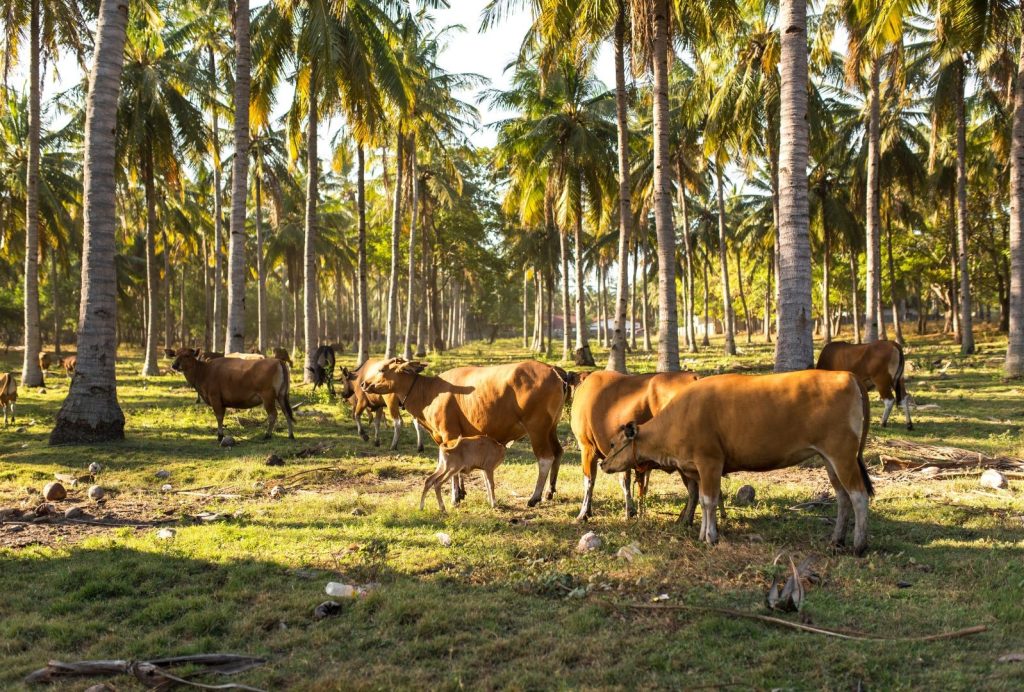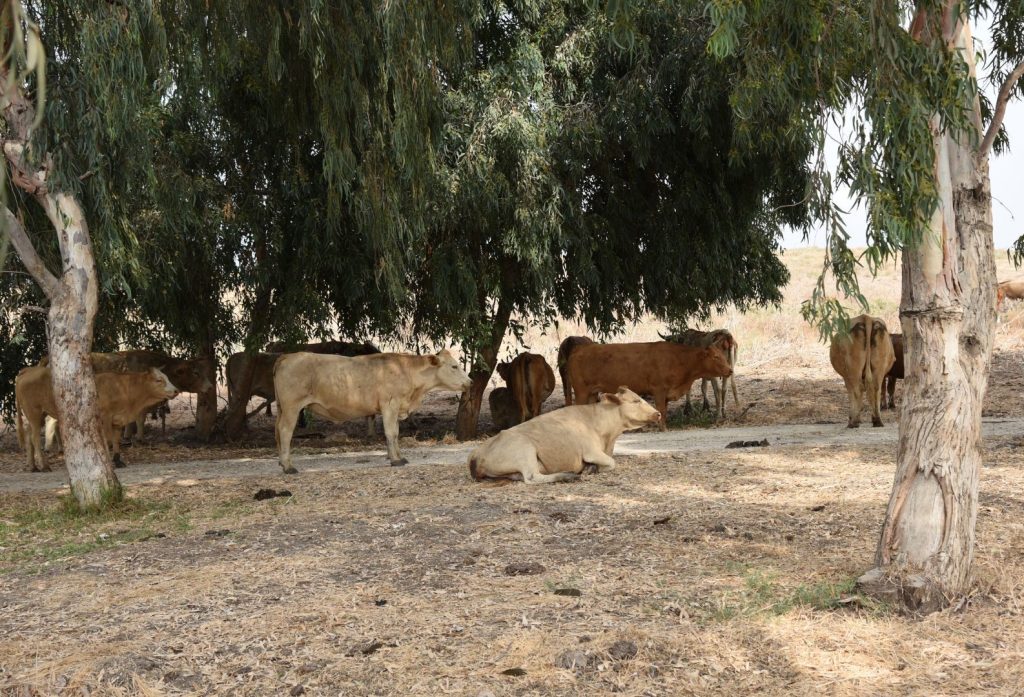What is Silvopasture and how can farmers apply and benefit from it
Why should we plant trees in the pasture?
Silvopastoral systems offer an alternative for income diversification and a more sustainable approach to livestock farming. By intentionally combining animal and forage production with trees, this system contributes to increased productivity, financial returns, enhanced biological diversity, and the preservation of ecological processes in areas used for livestock farming.
Silvopastoral systems are characterized by integrating trees, pasture, and animals in the same area, aiming to obtain products and services from these components. They serve as a valuable landscape management tool, helping mitigate the negative impacts of agriculture and promote biodiversity conservation and stability of ecological processes.

How to build a silvopastoral system?
Assuming the farmer already has pasture-based animal production, the following steps can be followed:
1 – Choice of tree species: Trees provide shade to animals during periods of high heat and offer additional income opportunities for the farmer. They also enhance environmental and soil biodiversity. Trees can serve as a second income alternative by producing wood or other products like fruits. Consider the labor required for tree cultivation and resource extraction. Choosing multiple tree species promotes biodiversity and a balanced environment. Always prioritize high-quality seedlings.
2 – Mapping tree planting locations: Consider the sun’s positioning, shade coverage, and other factors essential for subsequent management when selecting tree planting locations. Trees can be arranged in single or double rows, in a forest (grove), or scattered across the pasture.
3 – Construction of fences: Depending on tree seedling size, animal management practices, and selected species, build fences around tree planting areas to protect them from grazing animals. Fences (electrified) increase the likelihood of the successful establishment of the young trees.
Despite the numerous benefits, it’s crucial to consider the implementation cost of silvopastoral systems. While tree seedlings may be obtained free of charge, constructing fences incurs a cost. However, introducing trees generates extra income, offsetting these initial costs over time.

When implementing a silvopastoral system, assess the compatibility of forage species with shade. Avoid covering the entire pasture with shadows, and choose shade-tolerant species. It’s important to keep open parts of the field (without shade) so animals can stay in the sun to warm up on cold days.
Widely used examples of silvopastoral systems include integrating Eucalyptus trees planted in rows (large planting distances should be preferred) on pasture. Eucalyptus trees act as windbreaks and provide shade for animals. After maturation, these trees can be sold for wood production, and new seedlings are planted on-site. Diversifying tree species, such as combining wood production with banana trees, provides multiple income sources but requires species adapted to the region.
Conclusion
Silvopastoral systems enhance productivity by combining animal production with plant cultivation in the same area. Including trees in the pasture serves as a second income source, windbreak, and shade for animals while contributing to soil erosion reduction, water and moisture conservation, and decreased reliance on mineral fertilizers. Properly managed, this system can also capture and fix carbon, addressing sustainability concerns and carbon dioxide emissions.










































































